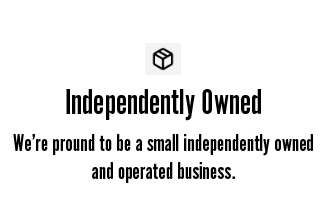Here are a few easy tips for prepping your waders for a busy spring and summer fishing season.
The days are getting longer, and seasons are kicking off. Time to get your gear prepped and ready.
Apply a fresh DWR treatment to your waders and jackets.
The DWR, or Durable Water Repellent coating, is what makes water bead up and run off your waders and jackets. This coating is what helps keep your technical garments breathable and keep you comfortable. When the coating wears down the outer face of your garment gets saturated with water and you’ll start to get the dreaded ‘wetting out’. This term simply refers to reduced breathability, so the wearer gets clammy and damp from sweat and condensation build-up. Heading this off is as easy as picking up a bottle of ReviveX DWR spray and treating your waders and jackets.
Tip: If your waders are really dirty, clean them first before applying the DWR treatment with some ReviveX Pro Cleaner.
Check your belt
Check that your belt is still with your waders.
We know, it sounds basic, but it’s better to check now than realize it’s not there when you go to put them on at the fishing spot. If your belt is missing get yourself a new one – it’s a safety item.
Clean and lubricate your zippers
We recommend cleaning and lubricating the zippers on waders and jackets on a regular basis. Zipper Cleaner and Lubricant and Zipper Lubricant Stick from Gearaid do the job nicely and will help keep your zippers operating smoothly and performing like they should. If your zipper is dirty, or isn’t running as smoothly as it once did then pick up one or both of the products mentioned here and fix it up.
Clean out pockets
Are your pockets full of old gear, line trimmings, protein bar wrappers, etc? Go ahead and clean it out now and give yourself a fresh start to the season.
Replace worn out gear
Is it time for a new jacket, new boots, new waders? As you go through checking your gear be real and fill in any gaps in your gear closet with replacements.
Top selling products
-
S14 Adrenaline Wader – Men’s
$399.00 -
Primo Zip GD Wader
$599.00 -
Session GD Wading Pants
Original price was: $349.00.$319.00Current price is: $319.00. -
SEEKR Wading Pants
$299.00 -
Primo Rain Jacket – Grey
$379.00 -
Wizard Neck Sleeve │ UPF
$19.99 -
Primo Rain Jacket – Black
$379.00 -
Zipper Cleaner + Lubricant
$6.95
New Session Lite Series
-
Session Lite Convertible Waders
$479.00 -
Session Lite Rain Jacket
$379.00 -
Session Lite Wading Pants
$349.00 -
Session Lite Wading Pants – Women’s
$349.00

























































